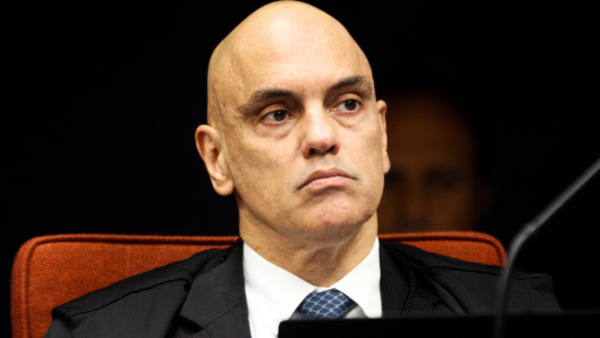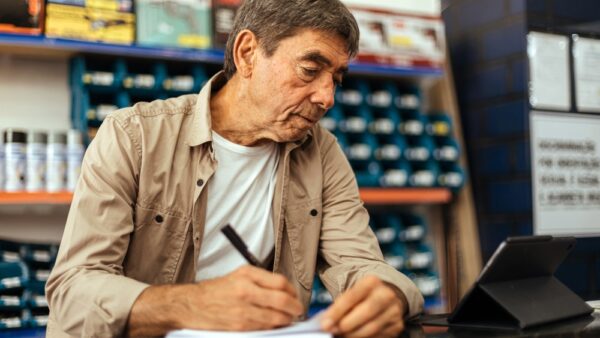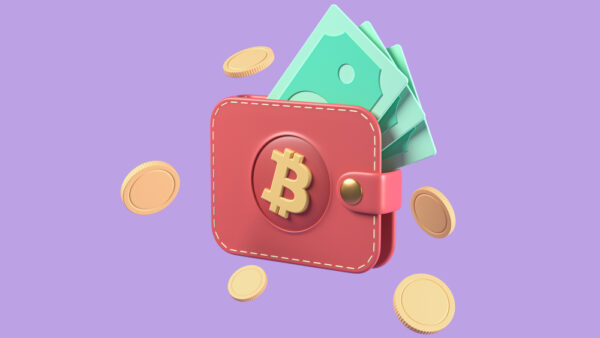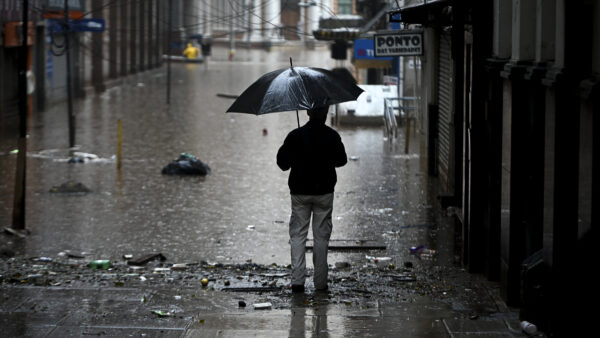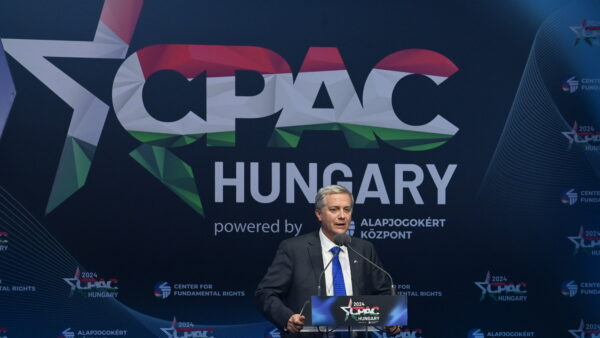Retail sales in Brazil increased just 0.1 percent from March to April, due mainly to 3.2 percent growth in the supermarket, food, and beverage segment. April was the fourth consecutive month with positive but insignificant growth numbers.
Year-to-date, the sector grew 1.9 percent — but only 0.9 percent in 12 months, according to new data released by the Brazilian Institute of Geography and Statistics (IBGE).
The increase in the supermarket and grocery store sales segment, which weighs most heavily on the reading, was the highest since March 2020 — when it grew 10.5 percent. According to the research manager at IBGE, Cristiano Santos, this result mainly reflects Easter sales.
In addition to supermarkets, only two of the eight surveyed segments saw their sales rise in April: books, newspapers, magazines, and stationery (1 percent) and pharmaceutical, medical, orthopedic, and perfumery items (0.3 percent).
The data reflects factors previously highlighted by The Brazilian Report: slow growth of workers’ average income in the formal labor market, high levels of indebtedness, and difficulty in accessing cheaper lines of credit due to the first two points have squeezed household consumption in Brazil. Only essentials enter families’ budget; any extra money is spent at the supermarket or the pharmacy.
That also explains the 1.6 percent drop in the so-called ‘expanded retail,’ driven by a decline in the sales of cars, motorcycles and parts (-1.9 percent), and construction materials (-7.6 percent). The only expanded retail segment to grow was the wholesale of food and beverage products, whose sales rose 14.5 percent in April, in a trend still linked to the Brazilian cash-and-carry phenomenon.
Sales in the fabric, apparel, and footwear segment also fell, by 3.7 percent from March to April. They have not yet returned to pre-pandemic levels, remaining 22.1 percent below the February 2020 results. No wonder many of the largest retail chains in the segment are closing stores — as is the case with Renner and Centauro — or have decided to file for bankruptcy, like Marisa and Amaro.
At the beginning of the month, the government launched via presidential decree a debt renegotiation program for individuals with a family income of up to two minimum wages (BRL 2,640 or USD 544) and overdue debts of up to BRL 5,000 (USD 1,030). The government estimates that up to 70 million people could benefit from the initiative starting in July.
Through the program, the federal government will take on the debts, negotiate a discount and repay them while allowing debtors to repay the government in installments.
The program may have repercussions on the retail sector in the second half of the year as it seeks to improve the indebtedness conditions of people who are in default and unable to take out credit.
Also earlier this month, the government unveiled a BRL 500 million plan to energize Brazil’s auto industry, including credit lines for manufacturers and consumers, tax breaks, and incentives for the nationalization of goods. As a result, car prices could drop by up to 11 percent. The plan, like the debt renegotiation program, is temporary. Manufacturers’ inventories are low, and the sector estimates that the BRL 500 million limit could be reached in June.
Both initiatives help stimulate the country’s economy until the Central Bank decides to do what the government and businesspeople have been asking for a few months now, start cutting the benchmark interest rate — which is likely to happen in the next quarter.


 Search
Search




